
(Photo by Jamshed Ahmad via Pexels)
By Stephen Beech
How the leopard really got its spots has finally been explained.
The new work builds on research conducted by British mathematician Alan Turing in the 1950s.
The new study by American scientists refines their previous theory of how animal patterns form and successfully recreates imperfections in natural designs, such as the irregular spots on a leopard.
They say the new mechanism, described in the journal Matter, could lead to materials that can respond to their environment, such as fabrics that change color on demand for camouflage.
Study lead researcher Dr. Ankur Gupta, an Assistant Professor at the University of Colorado Boulder, said: “Imperfections are everywhere in nature.
"We proposed a simple idea that can explain how cells assemble to create these variations.”
Scientists have been trying for decades to crack the code of how different animal patterns emerge from a mass of developing cells.
In 1952, Turing hypothesized that as tissue develops, it produces chemical agents that diffuse in the system in a process similar to pouring milk into coffee.

(James Linsell-Clark via SWNS)
Some of the chemicals activate pigment-producing cells, forming spots. Other chemicals inhibit the cells, creating the blank spaces in between.
But just as milk clouds the coffee, computer simulations based on Turing’s theory produced spots that were blurrier than those found in nature.
In 2023, Dr. Gupta and his colleagues improved on Turing’s theory by adding another mechanism called "diffusiopherosis" - a process where diffusing particles pull other particles along with them.
Dr. Gupta explained that it’s the same principle that helps laundry get clean: as soap diffuses out of the laundry into water, it drags dirt out from the fabric.
When Dr. Gupta simulated the purple-and-black hexagon pattern seen on ornate boxfish - a species found in seas off Australia - he found that diffusiopherosis could generate patterns with sharper outlines than Turing’s original model.
But the team’s results were a little too perfect as all the hexagons were the same size and shape, and the spaces between them were identical.
But, in nature, no animal has flawless patterns. For example, a zebra’s black stripes vary in thickness, and the hexagons on the boxfish are never perfectly uniform.

(Photo by Pixabay via Pexels)
Dr. Gupta and his team set out to improve the diffusiopherosis model.
They found that by giving individual cells defined sizes and modeling how each one moved through tissue, their simulations began producing imperfect patterns and textures.
Dr. Gupta says that when bigger cells cluster, they form patterns that are broader.
He said: “We are able to capture these imperfections and textures simply by giving these cells a size.
"Their simulations showed breaks and grainy textures that look far more like what’s found in nature."
Dr. Gupta plans to incorporate more complex interactions among cells and with the background chemical agents to improve their simulations.
He says understanding how pattern-making cells assemble could help engineers design synthetic materials that can change colors based on the environment, just like a chameleon’s skin.
Dr. Gupta believes it could also help design effective approaches to deliver medicine to a specific part of the body.
He added: “We are drawing inspiration from the imperfect beauty of natural systems and hope to harness these imperfections for new kinds of functionality in the future."






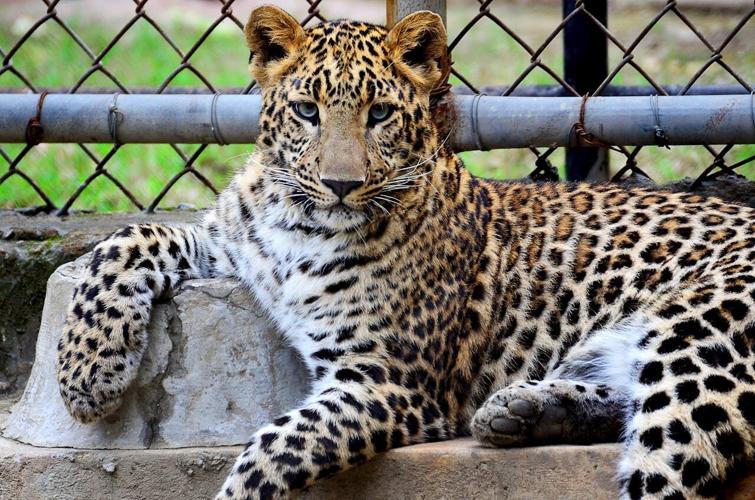
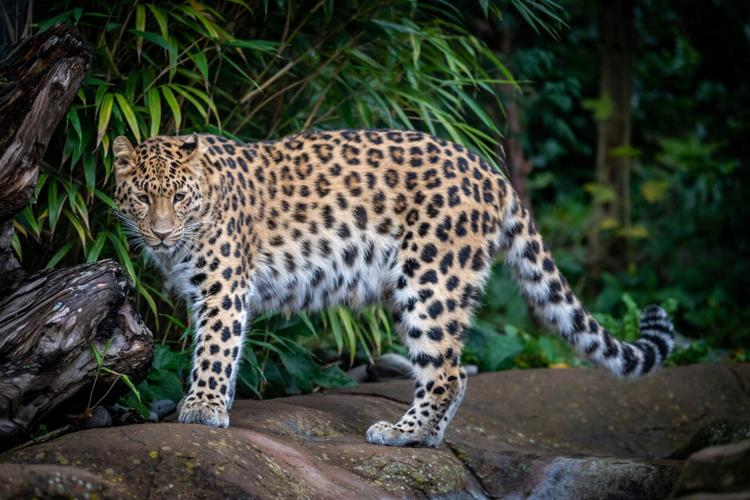
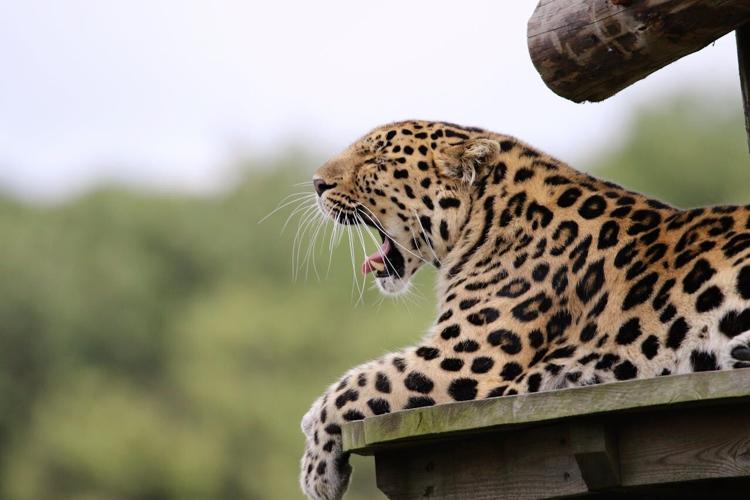






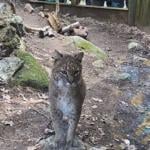





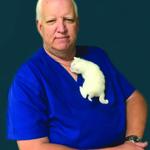
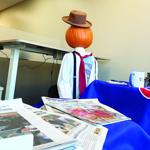
(0) comments
Welcome to the discussion.
Log In
Keep it Clean. Please avoid obscene, vulgar, lewd, racist or sexually-oriented language.
PLEASE TURN OFF YOUR CAPS LOCK.
Don't Threaten. Threats of harming another person will not be tolerated.
Be Truthful. Don't knowingly lie about anyone or anything.
Be Nice. No racism, sexism or any sort of -ism that is degrading to another person.
Be Proactive. Use the 'Report' link on each comment to let us know of abusive posts.
Share with Us. We'd love to hear eyewitness accounts, the history behind an article.